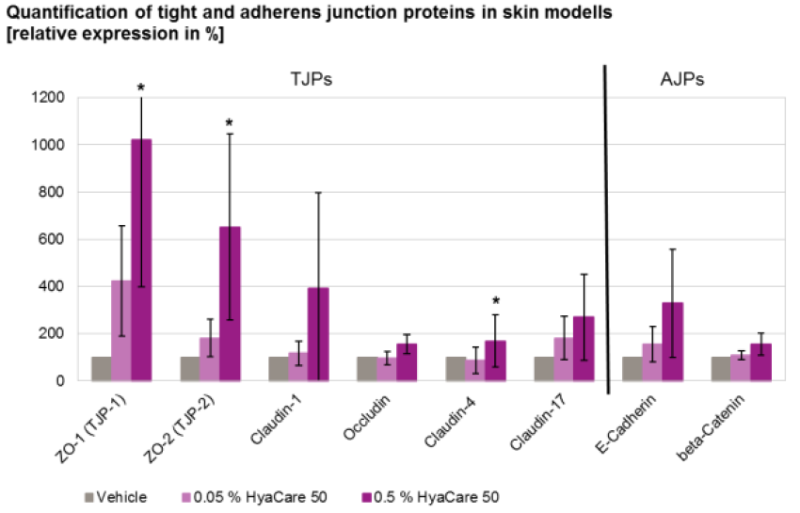
The purpose of western blotting is to separate proteins on a gel according to the molecular weight. Protocols are provided by Abcam “AS-IS” based on experimentation in Abcam’s labs using Abcam’s reagents and products your results from using protocols outside of these conditions may vary. Watch our easy-to-follow video protocols.View AbExcel secondary antibodies for exceptional western blots.View our list of available positive control lysates, blocking peptides, and positive control proteins.Lysates can be aliquoted and stored at -20☌ for future use.Īll lanes: beta Actin antibody - loading control (ab8227) at 1/5000 dilution To reduce and denature your samples, boil each cell lysate in sample buffer at 100☌ for 5 min.We recommend reducing and denaturing the samples using the following method unless the online antibody datasheet indicates that non-reducing and non-denaturing conditions should be used. Determine how much protein to load and add an equal volume 2X Laemmli sample buffer..Determine the protein concentration for each cell lysate. Remove a small volume of lysate to perform a protein quantification assay.Gently remove the tubes from the centrifuge and place on ice, aspirate the supernatant, and place in a fresh tube kept on ice discard the pellet. Centrifuge for 20 min at 12,000 rpm at 4☌ in a microcentrifuge.The minimum concentration is 0.1 mg/mL, optimal concentration is 1–5 mg/mL. Volumes of lysis buffer must be determined in relation to the amount of tissue present protein extract should not be too dilute to avoid loss of protein and large volumes of samples to be loaded onto gels. For a ~5 mg piece of tissue, add ~300 μL of ice-cold lysis buffer rapidly to the tube, homogenize with an electric homogenizer, rinse the blade twice with another 2 x 200 μL lysis buffer, then maintain constant agitation for 2 h at 4☌ (eg place on an orbital shaker in the fridge). Store samples at -80☌ for later use or keep on ice for immediate homogenization. Place the tissue in round-bottom microcentrifuge tubes or Eppendorf tubes and immerse in liquid nitrogen to snap freeze.Dissect the tissue of interest with clean tools, on ice preferably, and as quickly as possible to prevent degradation by proteases.Gently remove the tubes from the centrifuge and place on ice, aspirate the supernatant and place in a fresh tube kept on ice, and discard the pellet.You may have to vary the centrifugation force and time depending on the cell type a guideline is 20 min at 12,000 rpm but this must be determined for your experiment (leukocytes need very light centrifugation). Centrifuge in a microcentrifuge at 4☌.Maintain constant agitation for 30 min at 4☌.Alternatively, cells can be trypsinized and washed with PBS prior to resuspension in lysis buffer in a microcentrifuge tube. Scrape adherent cells off the dish using a cold plastic cell scraper, then gently transfer the cell suspension into a pre-cooled microcentrifuge tube.Aspirate the PBS, then add ice-cold lysis buffer (1 mL per 10 7 cells/100 mm dish/150 cm 2 flask 0.5 mL per 5x10 6 cells/60 mm dish/75 cm 2 flask).

Place the cell culture dish on ice and wash the cells with ice-cold PBS.View our western blot protocol video below. Solutions and reagents: running, transfer, and blocking buffers.The membrane can then be further processed with antibodies specific for the target of interest and visualized using secondary antibodies and detection reagents. The gel is placed next to the membrane and the application of an electrical current induces the proteins to migrate from the gel to the membrane. The immunoassay uses a membrane made of nitrocellulose or PVDF (polyvinylidene fluoride). Western blotting is a technique that uses specific antibodies to identify proteins that have been separated based on size by gel electrophoresis. Our western blot protocol includes solutions and reagents, procedures, and useful links to guide you through your experiment.


 0 kommentar(er)
0 kommentar(er)
